PDD Geoguessr #27: Duluth’s Former Telephone Exchanges

Photo of the Hemlock Exchange in 1920 by Hugh McKenzie. (Photo from the Northeast Minnesota Collections of the Kathryn A. Martin Library)
A year after Alexander Graham Bell invented the telephone, George W. Coy set up the first telephone exchange. Making a call to a specific phone required plugging the right cord into the right socket, and that required a person working out of an exchange building. Photos from the Minnesota Digital Library show the Duluth neighborhood exchanges that were operated by the Northwestern Bell Telephone Company in 1920. This post discusses the role of telephone exchanges as a source of employment for women in Duluth with a Geoguessr challenge that reveals what those telephone exchanges look like now.
An article from the History Channel describes how the first telephone exchanges employed boys in their early teens, a group that proved not to have the focus required for the job. The phone companies began to actively recruit young women, often doing so by persuading their parents that it was respectable work. In 1920, the year of the photos in the Minnesota Digital Library, 178,000 women in the United States worked as telephone operators. By 1930, this number had risen to 235,000. A decade later, the number would again drop below 200,000, as new technology allowed people to directly dial another phone. A post by Paul Lundgren on the history of telephone service in Duluth notes that telephone users could start making direct local calls from 1950 and complete long distance calls without an operator from 1966.
While the total number of operators began to decline, the role of the operator, and its importance as a source of employment for women, continued for some time. My grandmother’s favorite cookbook consisted of 2,000 recipes assembled from the collective knowledge of telephone workers, almost all women, in Minnesota and North Dakota in 1982.
In Duluth, operators were available to help customers complete long distance calls until 1996. The internet, and the introduction of smartphones, put Duluth’s last 52 directory assistance operators out of work in 2010.
As fewer employees became necessary to operate the telephone system, fewer buildings were needed as well. None of the Northwest Bell’s telephone exchange buildings are still used to connect calls. But most of these exchange buildings are still standing, and have served a number of other functions over the years. The most notable might be the Hemlock exchange. A story on Perfect Duluth Day a few years ago by Mark Nicklawske details the role the building played in fostering Duluth’s music scene, including hosting Low’s first performances.
Other phone exchange buildings have had a less remarkable existence after being decommissioned, often converted into housing that only retains a few clues to its original use. But however unremarkable the locations in this Geoguessr challenge may seem, they are almost certainly the site of memorable stories from the countless Duluth women who once worked in them.

A 1961 Reunion of Duluth Telephone Operators (as determined by PDD Mystery Photo Commenters)
PDD Geoguessr #27: Duluth’s Former Telephone Exchanges
How to Play Geoguessr
GeoGuessr can be played on a laptop or desktop and on Android or IoS mobile devices with the GeoGuessr app. Just click on the link that fits how you play. You can create an account to keep track of your scores and see how you compare to other players or just click on the link above to play as a guest without having to create an account or log in.
Every game consists of five locations based on a theme chosen by the game creator. You are shown a Streetview image stripped of all the informational labels that are normally overlayed onto the image. Unless the challenge specifically restricts it, you can move around and look for clues like street signs and business names to find out where you are. The image below shows a basic overview of the Geoguessr screen layout and controls.
Once you think you know the location — or are nearly out of time — you use the inset map to place your marker where you believe the round started. After you hit “Guess,” you will see how close you were to the correct location and how many points your guess earned. The closer you are to the location, the higher your score, with a maximum score of 5,000 points. On a map that covers a small area, like the Gary-New Duluth neighborhood, being off by a few blocks will cost you a lot of points. On a map that has locations from around the world, you will get nearly all the points just for finding the right city. The maximum error for a perfect score also changes by map size, but in general if you are within 50 feet (15 meters) you will always get the full 5,000 points.
Not often, but every now and then, GeoGuessr gets a little buggy. If the underlying Streetview imagery has changed since the game was made, sometimes it repeats the last round, gives a black screen, or doesn’t allow a guess to be made. If that happens, please let me know and I’ll update the challenge.
At the end of the five rounds, an overview screen shows your score for each round in addition to your guessing time and how far off you were from the correct location. The correct locations and your guesses are also shown on a map and you can click on any of the round numbers to review the locations. Additionally, the final screen in a challenge will show how you rank compared to the top scorers of the challenge. When choosing your user name, keep in mind that your user name and score per round will be visible to other players of the challenge.
If you have feedback on this challenge or ideas for future challenges, please share them in the comments below.
Recommended Links:
Leave a Comment
Only registered members can post a comment , Login / Register Here



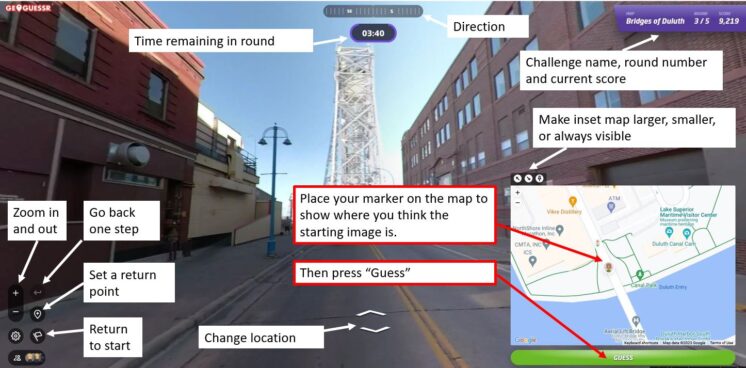
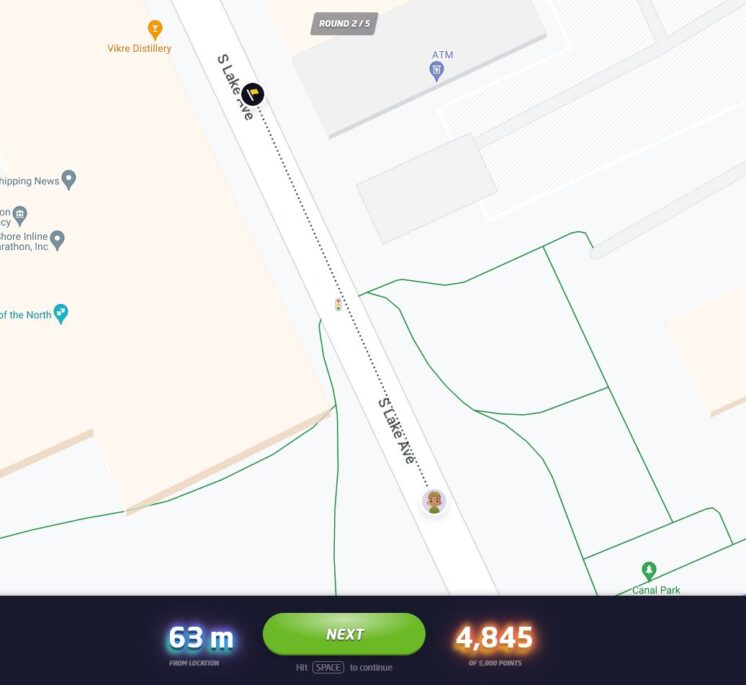
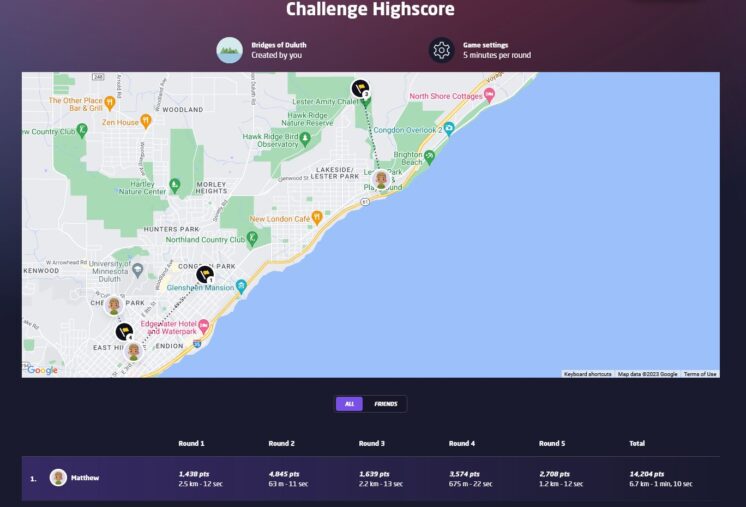






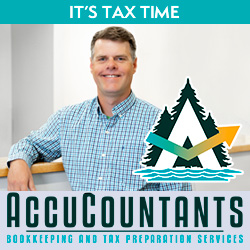



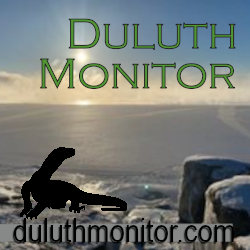

No Comments